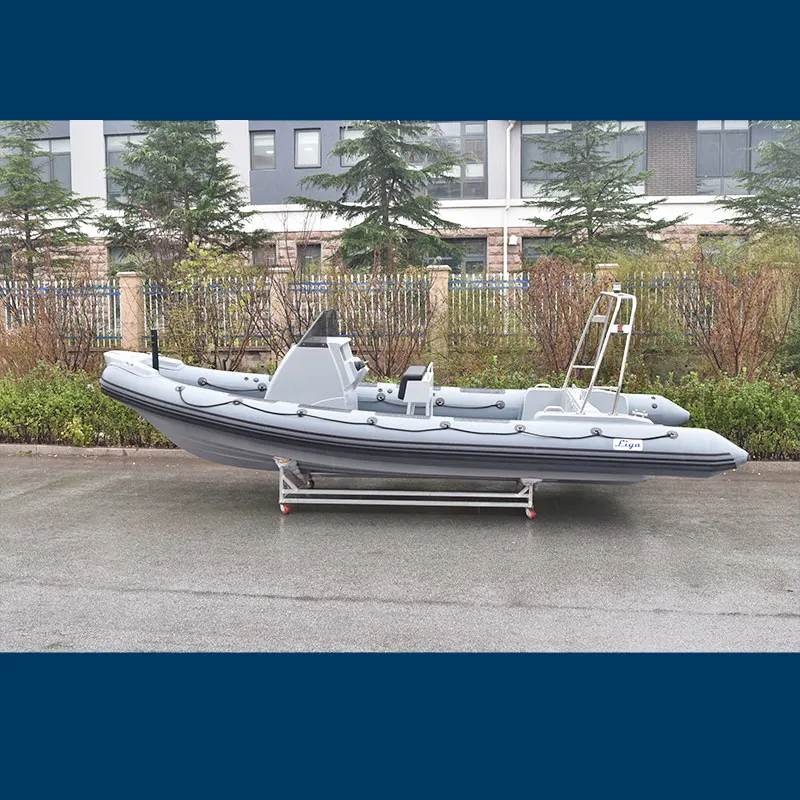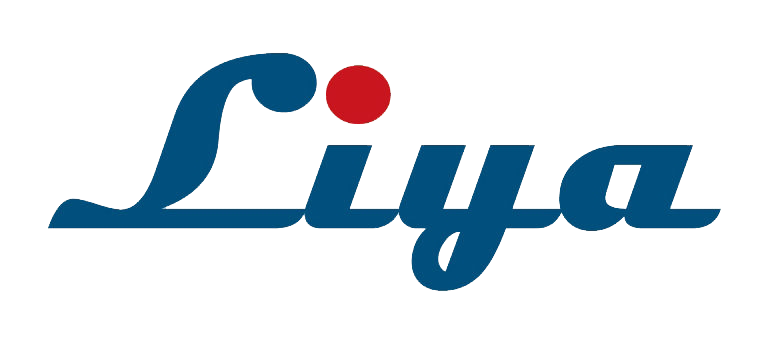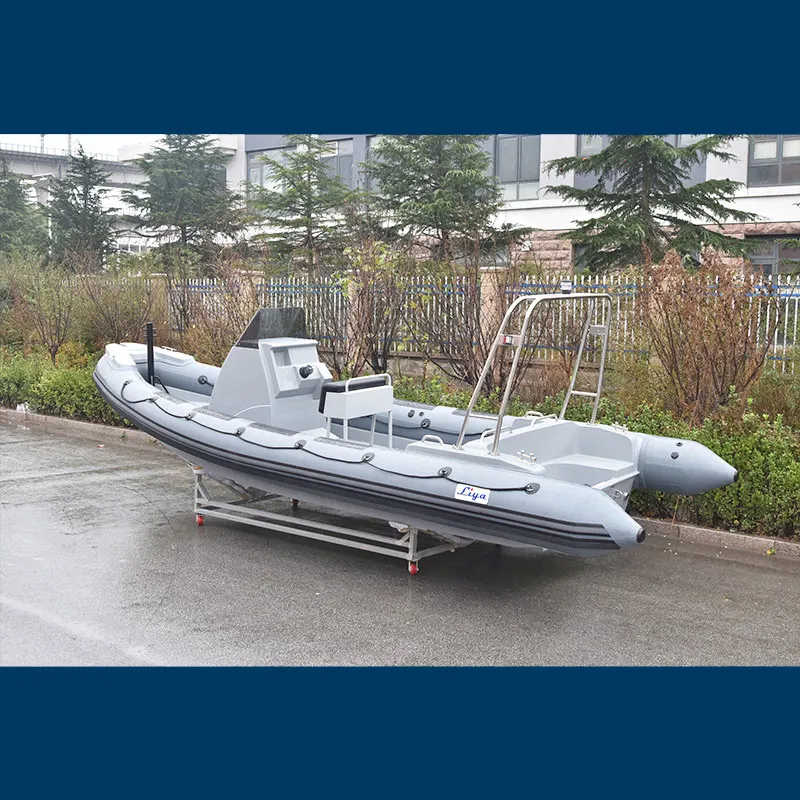Analisis Keperluan Operasi Kapal Pantai RHIB
Cabaran Persekitaran Pesisir Berbanding Lepas Pantai
Prosidur Operasi Lebar Sapuan yang Dikerahkan dengan RHIBs : Seperti dalam Jadual 1, lebar sapuan dengan RHIB dikerahkan dalam keadaan berbahaya di persekitaran makmal berbanding di lautan terbuka. Sistem penstabilan diperlukan untuk gelombang setinggi 15-25 kaki dalam keadaan lepas pantai, dan kebolehgerakan diperlukan di kawasan pesisir yang sempit. Persekitaran hiper-saline tropika mempercepatkan kadar kerosakan sebanyak 2.3 kali ganda berbanding di laut sederhana, dan memerlukan rutin penyelenggaraan adaptif berdasarkan kajian kakisan di Teluk Aden.
Penilaian Spesifikasi Teknologi Kapal Pantai RHIB
Perbandingan Prestasi Antara Fiberglass dan Aluminium pada Lunas Kapal
Badan kapal Fiberglass menunjukkan 27% ketahanan terhadap kakisan yang lebih tinggi di air masin, manakala varian aluminium menawarkan 18% ketahanan hentaman yang lebih baik semasa hentakan ombak kelajuan tinggi. Data armada menunjukkan badan aluminium memerlukan 35% lebih banyak kerja pembaikan kimpalan dalam tempoh 5 tahun, walaupun pengurangan berat sebanyak 12% membolehkan peningkatan kelajuan sebanyak 6-8 knot dalam keadaan tenang.
Sistem Pemacu Berkuasa Tinggi untuk Penempatan Pantas
Konfigurasi motor luar talian moden 450-600HP mencapai pecutan 0-40 knot dalam masa 14 saat, memenuhi piawaian tindak balas NATO. Setingan berkembar enjin mengurangkan risiko kavitasi sebanyak 40% pada kelajuan tinggi, manakala model diesel binaan turbo memberikan kecekapan bahan api yang lebih baik sebanyak 22%, memanjangkan julat patroli sehingga 320 batu nautika.
Sistem Navigasi & Komunikasi Bersepadu
Gabungan GPS/INS berstandard ketenteraan mengekalkan ketepatan <5 meter semasa perang elektronik. Radio berbilang jalur menyediakan kebolehpercayaan isyarat sebanyak 98.7% merentasi jejari 25NM, dengan ujian NATO menunjukkan pengurangan latensi komunikasi sebanyak 73% semasa latihan bersama.
Prestasi RHIB Tentera Laut dalam Keadaan Melampau
Ketahanan Hentaman Ombak pada Kelajuan 35+ Knot
Reka bentuk lunas Deep-V dengan tiub kembang berpenebat membolehkan sehingga 90% tenaga hentaman ombak dilesapkan. Ujian mengesahkan hentaman ombak setinggi 4 meter pada kelajuan taktikal menyebabkan kurang daripada 0.5mm ubah bentuk kekal pada lunas, manakala model pengiraan menunjukkan 98% keutuhan struktur semasa kemasukan kelajuan tinggi ke dalam air.
Ujian Kestabilan dalam Persekitaran Skala Beaufort 6+
Dalam keadaan mencabar (angin 22-27 knot, ombak 4-6m), RHIB mengekalkan sudut oleng kurang daripada 15 darjah melalui pengagihan daya apungan dinamik. Sistem kawalan tekanan automatik menyediakan momentum menegakkan 40% lebih tinggi, dengan kapal kekal beroperasi selama 8+ jam dalam keadaan Force 8 sambil memenuhi piawaian kedap air NATO.
Dinamik Pasaran Pembelian RHIB Tentera Laut
Corak Peruntukan Bajet Pertahanan 2023-2030
RHIB Global perbelanjaan meningkat 6-8% setiap tahun, dengan akaun Arah Indo-Pasifik merangkumi 45% daripada perbelanjaan yang dijangka sehingga tahun 2030. NATO meningkatkan bajet kebolehcampuran sebanyak 15% pada tahun 2023, membiayai platform modular yang menggabungkan sistem tanpa pemandu dan perangkat peperangan elektronik sambil memerlukan kos kitar hayat 20% lebih rendah berbanding sistem sedia ada.
Persaingan Pasaran Bot Keras Boleh Mengembang Secara Global
Syarikat dari Amerika Utara dan Eropah menguasai 70% kontrak pertahanan, manakala pengeluar Asia-Pasifik memperoleh pangkalan pasaran dengan pengurangan kos sebanyak 25%. Penjenamaan berfokus kepada:
- Navigasi dipertingkatkan dengan AI
- Pengurangan tandatangan
- Penggabungan senjata dengan cepat
Pembekal utama kini menjamin kebolehoperasian sebanyak 95% dengan jaminan keseluruhan hayat badan bot.
Penilaian Ketahanan Bahan RHIB Tentera Laut
Analisis Jangka Hayat Fabrik Badan Bot Hypalon berbanding PVC
Hypalon menawarkan jangka hayat perkhidmatan air masin selama 15-20 tahun dengan rintangan UV yang 40% lebih baik daripada PVC, menjelaskan kadar penerimannya sebanyak 78% dalam RHIB patroli. Walaupun PVC lebih murah dari segi kos permulaan ($18k berbanding $27k), jangka hayatnya yang hanya 8-12 tahun memerlukan penggantian yang lebih kerap.
Piawaian Tahan Korosi Air Laut
Bahan-bahan kelautan mesti lulus piawaian ISO 9227 (1,000+ jam semburan garam). Hypalon melebihi piawaian ini sebanyak 300%, manakala PVC memerlukan salutan. Sistem anod zink terkini mengurangkan kadar kakisan pada lambung sebanyak 62% dalam ujian 5 tahun.

Kerangka Analisis Kos-Benefit RHIB Tentera Laut
Unjuran Kos Penyelenggaraan Jangka Hayat
Penyelenggaraan berulang mewakili 60-70% daripada keseluruhan kos selama 15 tahun, dengan pencegahan kakisan sahaja menyumbang 25% setiap tahun. Pilihan bahan lambung secara langsung mempengaruhi kekerapan pemeriksaan dan keperluan penggantian komponen.
Pemodenan berbanding Kesiapsiagaan Operasi Segera
Model RHIB tingkat tinggi membawa 40-60% premium kos, memerlukan komander menyeimbangkan keperluan segera dengan peningkatan jangka panjang. Seperti yang ditunjukkan oleh analisis pasaran, kekangan bajet sering kali lebih memihak kepada pemasangan berperingkat berbanding penggantian armada.
Soalan Lazim
Apakah cabaran alam sekitar biasa yang dihadapi oleh RHIB?
RHIB menghadapi cabaran seperti gelombang 15-25 kaki di lepas pantai dan isu kebolehhendalian di kawasan pesisir yang sempit. Persekitaran hiper-saline tropika mempercepatkan kerosakan, memerlukan penyelenggaraan adaptif.
Apakah jenis misi yang boleh digunakan oleh RHIB?
RHIB digunakan untuk pelbagai misi termasuk Pemasukan Ops Khas, Patroli Pesisir, dan Operasi SAR, setiap satunya mempunyai had kapasiti personel dan kelengkapan tertentu.
Sejauh mana bahan lunas mempengaruhi prestasi RHIB?
Bahan lunas seperti gentian kaca dan aluminium mempengaruhi rintangan kakisan dan hentaman, kelajuan, serta keperluan penyelenggaraan. Gentian kaca menawarkan rintangan kakisan yang lebih tinggi, manakala aluminium lebih ringan dan laju.
Apakah perbezaan antara Hypalon dan fabrik PVC pada lunas?
Hypalon mempunyai jangka hayat yang lebih panjang iaitu 15-20 tahun dan rintangan UV yang lebih baik berbanding PVC, yang mempunyai kos permulaan yang lebih rendah tetapi jangka hayatnya lebih pendek iaitu 8-12 tahun.
Apakah yang mempengaruhi kos penyelenggaraan RHIB?
Penyelenggaraan berkala dan pencegahan kakisan merupakan faktor kos yang ketara, menyumbang kepada 60-70% daripada kos kepemilikan dalam tempoh 15 tahun.

